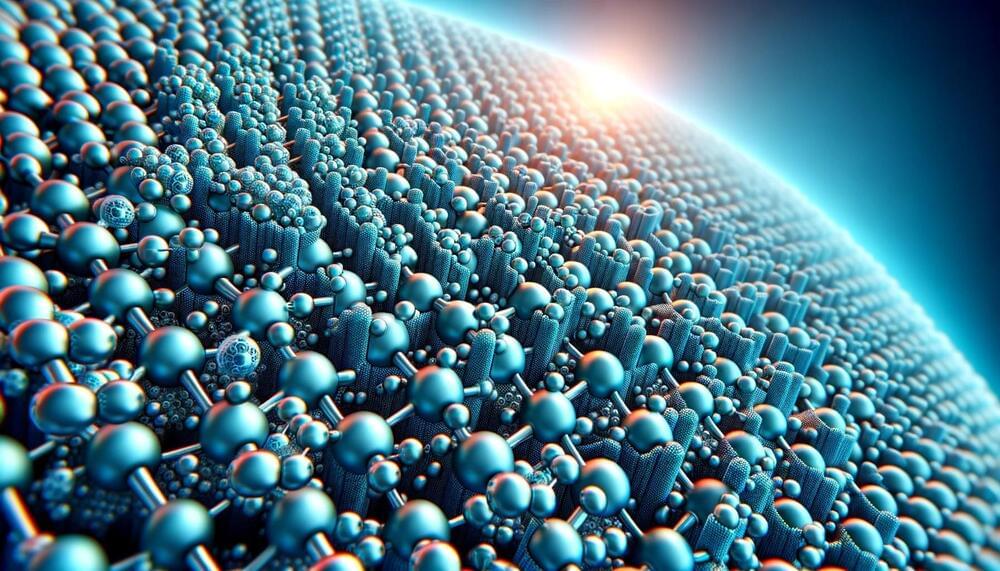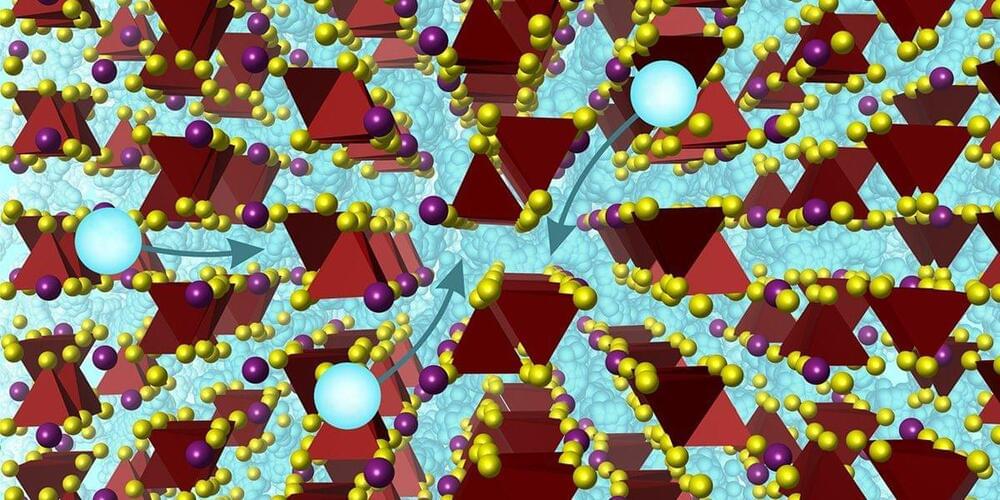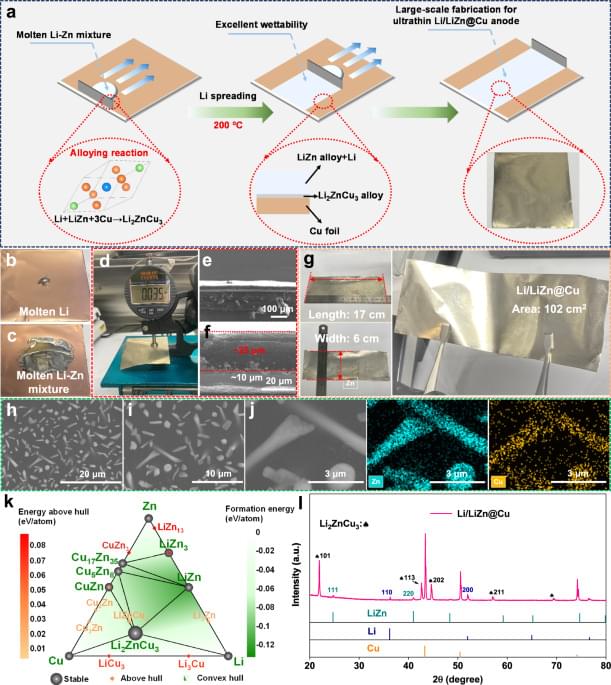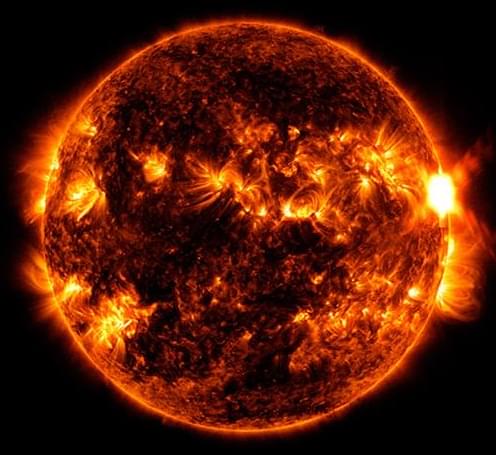As interest in wearable technology has surged, research into creating energy-storage devices that can be woven into textiles has also increased. Researchers at North Carolina State University have now identified a “sweet spot” at which the length of a threadlike energy storage technology called a “yarn-shaped supercapacitor” (YSC) yields the highest and most efficient flow of energy per unit length.
“When it comes to the length of the YSC, it’s a tradeoff between power and energy,” said Wei Gao, corresponding author of a paper on the work and an associate professor of textile engineering, chemistry and science at NC State.
“It’s not only about how much energy you can store, but also the internal resistance we care about.”









